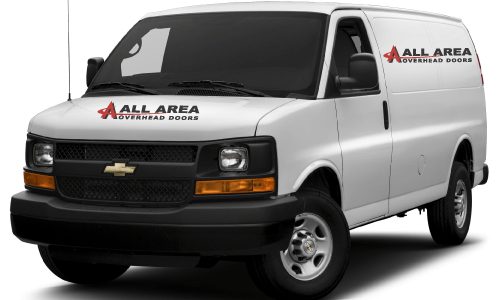speak with our garage door experts (512) 945-6638
Garage Door Cable Repair
garage door cable repair discussed
Some of the reasons you might find yourself in need of garage door cable repair can be due to age, rust or fraying. Garage door cables eventually wear out just like any other working part. Over time, the cables will weaken and begin to fray thus leading to a broken garage door cable. This can cause your garage door to become cockeyed on one side and consequently cause damage to your garage door or worse.
If you currently have a broken garage door cable, it’s a good idea to leave your garage door alone until our garage door cable repair expert arrives to fix the issue to avoid injury and further damage. Attempting to open or close the garage door with a broken cable could cause more damage to the door, resulting in the need to replace a garage door panel or the entire door itself.
As a homeowner, it’s particularly important to check your garage door cables for any fraying, kinks or corrosion. If you find any of these conditions present or if your cable has already broken, give us a call straightaway to handle you garage door cable repair and we will have you operational the same day.
-
- Before you start, ensure that the garage door is in the fully closed position. Unplug the garage door opener to prevent any accidental activation.
- Inspect the cables visually for any signs of fraying, rust, or damage. Look for loose strands or any areas where the cable appears worn. If you notice any issues, it’s crucial to address them promptly.
- Tension Check: Check the tension of the cables by observing their alignment. The cables should be evenly aligned on both sides of the door. If one side appears loose or sagging, it may indicate a problem with the cable or the spring tension.
- Listen for Unusual Sounds: Operate the garage door manually or with the opener and listen for any unusual sounds, such as scraping or grinding. These noises could be a sign of cable issues or other problems with the door’s operation.
- Operate the Door Manually: If your garage door has an emergency release mechanism, use it to disconnect the door from the opener. Lift the door manually to ensure it moves smoothly without any resistance or hitching.
- Inspect Cable Drums: Check the cable drums on the sides of the door. Ensure that the cables are properly wound around the drums and that there are no gaps or irregularities.
- Look for Cable Alignment: Examine the alignment of the cables on the pulleys and rollers. They should run smoothly without any rubbing or misalignment.
- Check Cable Attachments: Inspect the attachment points of the cables to the bottom brackets and the drum. Make sure the attachments are secure, with no signs of fraying or detachment.
- Before you start, ensure that the garage door is in the fully closed position. Unplug the garage door opener to prevent any accidental activation.
Remember that garage door cables are under high tension and can be dangerous to handle without proper knowledge and tools. If you’re uncomfortable or unsure about the inspection process, it’s always best to consult with a qualified technician for a thorough assessment and any necessary repairs. Safety should be the top priority when dealing with garage door components.

Request a Free Quote
We’re committed to providing you a timely and honest quote. We never charge for a service call and offer discounts for military, teachers, and seniors. All Area Overhead Doors will provide an estimated time of arrival, approximately how long your garage door repair or installation will take while ensuring you receive our best price guarantee. Let us know how we can help you by clicking the button below and outlining your request. We will contact you with a quote the same day.


